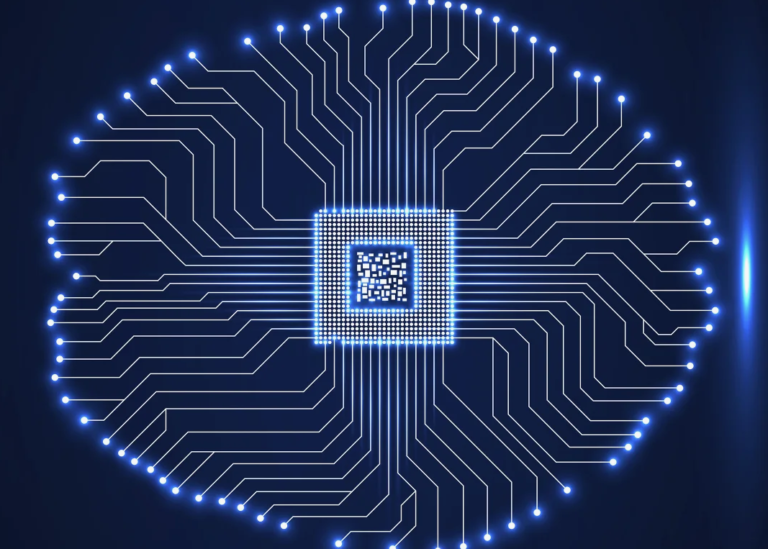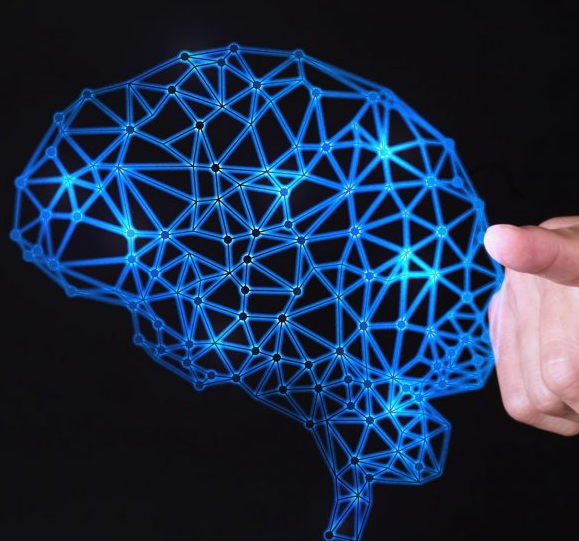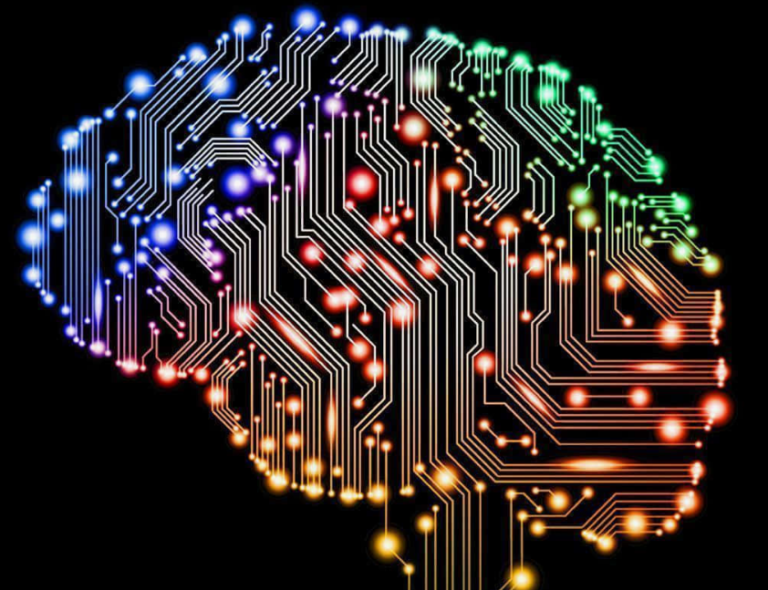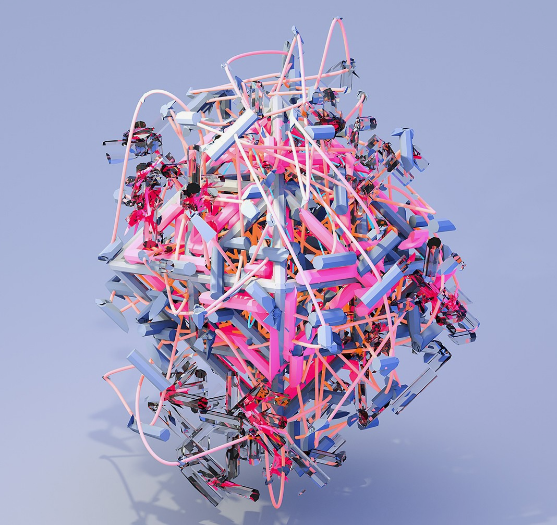Using AI to Create 3D Models
AI technology is revolutionizing 3D model creation, offering efficient and accurate modeling solutions. By leveraging AI algorithms, users can streamline the process of defining problems, gathering data, selecting algorithms, training, and deploying models. These advancements enable the creation of high-quality 3D models with ease, making it a valuable tool for various industries and applications. With AI-powered tools like 3DFY. ai and Meshy, users can generate detailed and realistic 3D models, showcasing the capabilities and potential of AI in the modeling landscape.
The seamless integration of AI with 3D modeling software opens up new possibilities for creativity and innovation, setting a new standard for model creation in the digital age.
Using AI to Create 3D Models
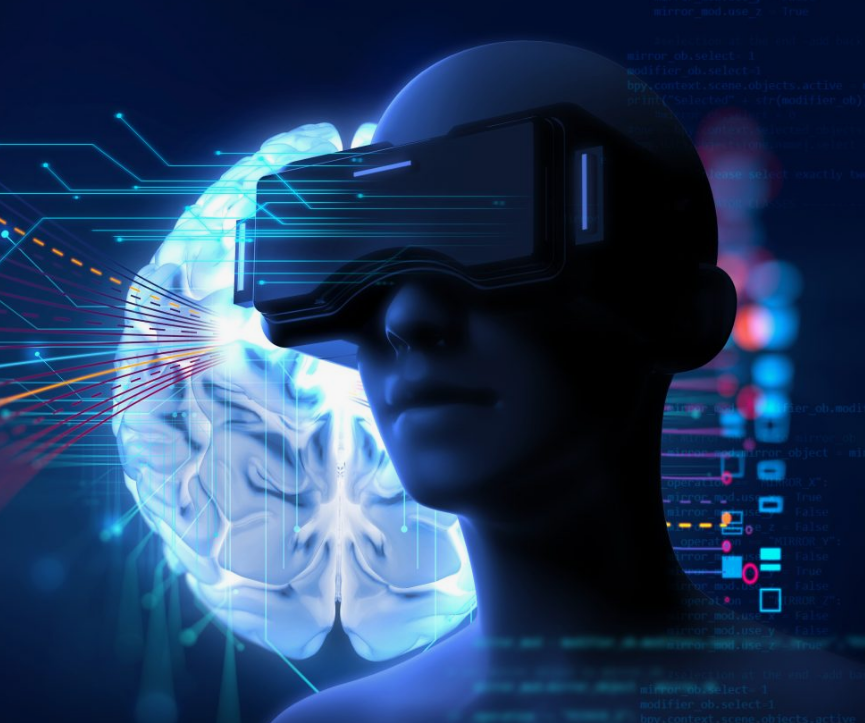
Understanding AI In 3d Modeling
AI algorithms play a crucial role in the field of 3D modeling. By utilizing advanced machine learning techniques, AI can analyze and interpret complex data to generate highly accurate and realistic 3D models. This technology has revolutionized the way designers, architects, and animators create virtual worlds and objects. With AI, the process of 3D modeling becomes faster, more efficient, and less labor-intensive. In this blog post, we will explore the different AI algorithms used in 3D modeling and the benefits of incorporating AI into the process.
AI Algorithms In 3d Modeling- Using AI to Create 3D Models
When it comes to AI algorithms in 3D modeling, several techniques are commonly used:
- Generative Adversarial Networks (GANs): GANs are a type of AI algorithm that consists of two neural networks, a generator, and a discriminator. The generator creates new 3D models based on existing data, while the discriminator evaluates the generated models for authenticity. This iterative process helps the AI system improve its ability to create realistic 3D models.
- Convolutional Neural Networks (CNNs): CNNs are widely used in computer vision tasks, including 3D modeling. These neural networks are capable of extracting features from 2D images and transforming them into 3D representations. By training CNNs on large datasets of 3D models, AI systems can learn to generate accurate and detailed 3D models from 2D inputs.
- Recurrent Neural Networks (RNNs): RNNs are particularly useful for generating dynamic 3D models, such as animations and simulations. These networks are designed to process sequential data, making them ideal for capturing the temporal aspects of 3D objects. By training RNNs on motion capture data, AI systems can generate realistic animations and simulations.
Benefits of Using AI For 3d Modeling- Using AI to Create 3D Models
Using AI for 3D modeling offers numerous benefits:
- Increased Efficiency: AI algorithms can automate various aspects of the 3D modeling process, reducing the time and effort required to create complex models. This allows designers and animators to focus on the creative aspects of their work.
- Improved Accuracy: AI can analyze vast amounts of data and generate highly accurate 3D models. This can help ensure that the final product meets the desired specifications and quality standards.
- Enhanced Realism: By leveraging AI algorithms, 3D models can be made more realistic and detailed. This is particularly beneficial in industries such as gaming and animation, where realism is crucial for creating immersive experiences.
- Cost Savings: AI can streamline the 3D modeling process, reducing the need for manual labor and expensive equipment. This can result in significant cost savings for businesses and individuals.
Applications of AI In 3d Modeling
AI technology has revolutionized the field of 3D modeling by introducing innovative applications. This blog post explores the various ways in which AI is utilized in 3D modeling processes.
Automated 3d Model Generation
Automated 3D model generation is a significant advancement enabled by AI. AI algorithms can analyze data to automatically create detailed 3D models with precision and efficiency. This automation streamlines the modeling process, saving time and effort for designers and developers.
Enhancing 3d Rendering With AI
AI plays a crucial role in enhancing 3D rendering capabilities. By leveraging AI techniques, rendering quality can be improved through realistic lighting, texture mapping, and scene optimization. This results in more immersive and visually appealing 3D models that meet the highest standards of quality.
Challenges and Limitations
Creating 3D models using AI technology has become increasingly popular in various industries. As with any technology, there are challenges and limitations associated with this process, which need to be addressed to ensure the accuracy and precision of the models. This article will explore some of the key challenges and limitations faced when using AI to create 3D models.
Accuracy and Precision Issues
One of the primary challenges in using AI for 3D model creation is ensuring accuracy and precision. AI algorithms may struggle to capture fine details and nuances, leading to potential inaccuracies in the final models. Additionally, achieving precise measurements and proportions can be a complex task for AI systems, which can impact the overall quality of the 3D models.
Data Requirements and Training Challenges
Data requirements play a crucial role in the effectiveness of AI for 3D model creation. The quality and quantity of training data significantly impact the AI’s ability to generate accurate models. Additionally, training AI systems for 3D modeling can pose challenges, as it requires extensive computational resources and time-consuming processes to ensure the models meet the desired standards.
Future Trends
Introduction paragraph about Using AI to Create 3D Models and Future Trends…
Advancements In AI Technology
Artificial Intelligence (AI) has revolutionized the field of 3D modeling, enabling the creation of realistic and intricate models with ease. The advancements in AI technology have allowed for the development of sophisticated algorithms and machine learning models that can analyze and interpret data to generate highly detailed 3D models. These models can be used in various industries, such as architecture, gaming, virtual reality, and product design, to enhance visualization and create immersive experiences.
Some key advancements in AI technology that have contributed to the creation of 3D models include:
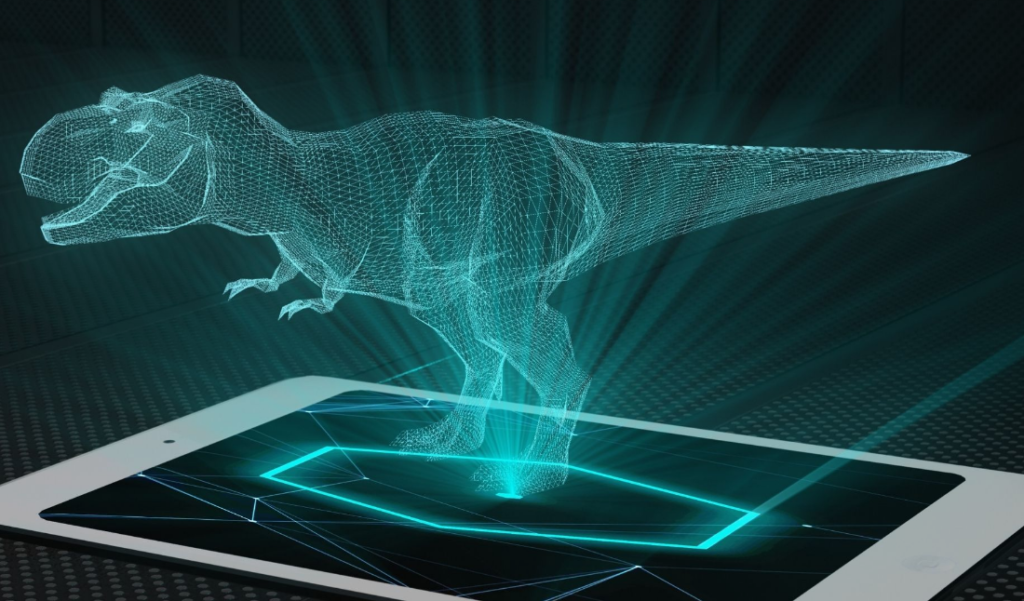
- Deep Learning: Deep learning algorithms can learn and extract features from large datasets, allowing for the generation of more accurate and detailed 3D models.
- Generative Adversarial Networks (GANs): GANs have been used to create realistic textures and materials for 3D models, improving their visual quality.
- Image Recognition: AI models trained on large image datasets can recognize and classify objects, which can be used to automatically generate 3D models based on real-world objects.
With these advancements, AI technology has paved the way for faster and more efficient 3D modeling processes, reducing the time and effort required to create complex models. This has opened up new possibilities for designers, artists, and professionals in various industries.
Integration of AI with Virtual Reality
The integration of AI with Virtual Reality (VR) has further expanded the capabilities of 3D modeling. By combining AI algorithms with VR technology, it is now possible to create interactive and immersive virtual environments.
AI can enhance VR experiences by:
- Real-time Object Recognition: AI algorithms can identify and track objects in real time, allowing for realistic interactions with virtual objects.
- Gesture and Voice Recognition: AI-powered systems can understand and interpret gestures and voice commands, enabling users to interact with virtual objects naturally.
- Dynamic Environment Generation: AI models can generate dynamic and responsive virtual environments, adapting to user actions and creating a more engaging VR experience.
This integration of AI and VR has immense potential in various fields, including gaming, training simulations, architectural visualization, and virtual prototyping. It enables users to explore and interact with 3D models in a more intuitive and immersive manner.
Industry Impact
Using AI to Create 3D Models and Its Industry Impact
Revolutionizing Architecture and Design
AI technology has revolutionized the architecture and design industry by automating the process of creating 3D models. It enables architects and designers to quickly generate accurate representations of their ideas, allowing for faster iterations and more efficient design processes. AI-powered 3D modeling tools also provide advanced capabilities for simulating real-world environments and testing design concepts, leading to innovative and sustainable architectural solutions.
Transforming Gaming and Animation Industries
The use of AI in creating 3D models has transformed the gaming and animation industries by enhancing the development of immersive virtual worlds and lifelike characters. AI algorithms can generate complex 3D models with remarkable speed and precision, enabling game developers and animators to create visually stunning content. Additionally, AI-powered tools streamline the production pipeline, allowing for greater creativity and efficiency in delivering captivating gaming experiences and compelling animated stories.
Ethical Considerations
Using AI to Create 3D Models opens up a world of possibilities, but it also raises ethical considerations that need to be addressed. Two crucial aspects to consider are Ownership and Copyright Concerns, as well as Bias and Diversity in AI-generated Models.
Ownership and Copyright Concerns
When it comes to AI-generated 3D models, ownership and copyright concerns may arise due to the automated nature of the creation process. Companies and individuals must ensure that they have the legal rights to use and distribute models generated by AI. Additionally, proper documentation and licensing agreements are essential to protect intellectual property.

Bias And Diversity In AI-generated Models
Bias and lack of diversity in AI-generated models can perpetuate stereotypes and exclude underrepresented groups. It is crucial to regularly audit and evaluate AI algorithms to detect and mitigate any biases present in the generated models. Diverse datasets and inclusive training can help create more representative and fair AI models.
Conclusion
Creating 3D models with AI has never been easier. By following the right steps, anyone can define a problem, gather and preprocess data, select an appropriate algorithm, train and fine-tune the model, test it, deploy it, and monitor and maintain it. With the help of AI-powered tools like 3DFY. ai, Meshy, and Spline, creating stunning 3D models has become accessible to everyone. This technology is sure to revolutionize the world of design and graphics, and it’s exciting to see what the future holds.



